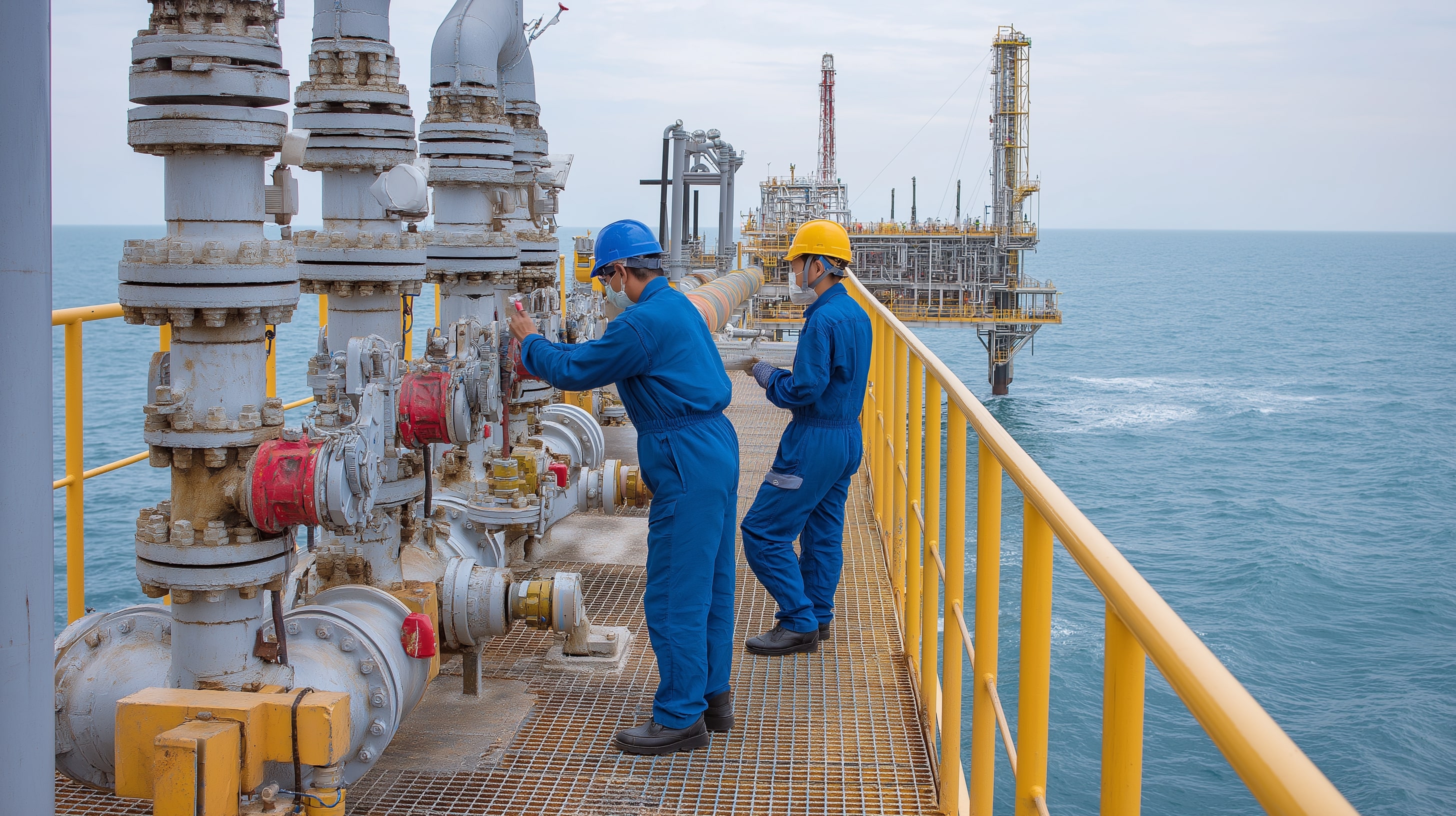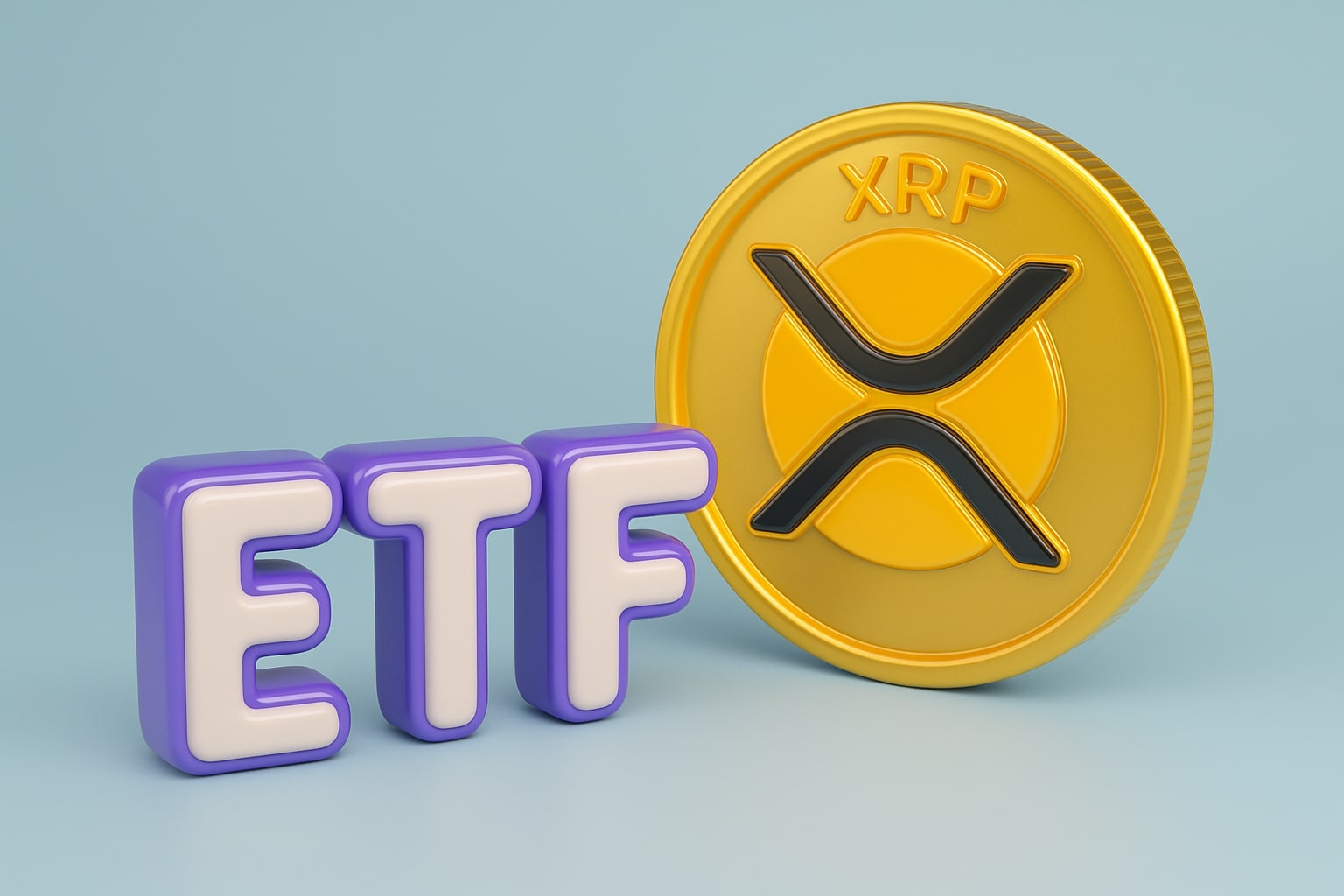
Natural Gas Price Forecast: NG=F Struggles Below $3.00 Amid Storage Pressure
LNG flows steady at 16M Dth/day, but oversupply, weak demand, and macro risks hold natural gas in a bearish trend under key $3.15 resistance | That's TradingNEWS
NG=F struggles below resistance as bearish bias persists
Natural gas (NG=F) is trading at $2.91 after testing a breakout from a falling wedge but failing to sustain momentum above the 20-day moving average at $2.90 and the recent resistance zone at $2.92. Despite the short-term push higher, the broader market tone remains weak, with traders viewing every rally as an opportunity to sell. Price action since mid-July has been defined by repeated failures to reclaim the $3.00 ceiling, with sellers stepping in quickly on any uptick. The expected trading range remains capped between $2.62 and $2.90, with a bearish forecast dominating unless price can close decisively above $3.15.
Henry Hub benchmarks signal fragile support amid weaker demand
Henry Hub, the key benchmark, showed only a modest gain of $0.065 to trade near $2.89, underlining the fragile nature of support levels. Broader regional hubs echoed this softness. Chicago Citygate dropped $0.02, Algonquin Citygate slipped $0.09, and the California average fell $0.17. Even premium demand areas such as SoCal Citygate weakened by $0.185. The national average price declined $0.045, pointing to softer demand as summer fades and shoulder season looms. Such widespread declines highlight a structural imbalance between robust supply and tempered consumption, with recession fears, tariffs, and slowing industrial activity weighing on the demand outlook.
Technical compression keeps NG=F pinned to key levels
The current market structure is defined by heavy compression. The stochastic oscillator is sitting in overbought territory, signaling that the recent uptick is stretched and vulnerable to reversal. The bearish pattern is reinforced by sellers defending $2.92 and the anchored VWAP resistance at $2.97. A failure to hold $2.83 would quickly reopen $2.72 as a target, with $2.62 and $2.39 below representing the next demand zones. On the flip side, a strong push above $3.15 could set up an attempt toward the 50-day moving average at $3.21, but the broader market remains skeptical, given that $3.00 has consistently been rejected for over a month.
Storage dynamics and LNG flows reshape natural gas trade
Storage and LNG exports continue to dictate near-term sentiment. U.S. LNG facilities, including Sabine Pass, Freeport, Cameron, and Corpus Christi, have kept export volumes averaging around 16 million Dth/day in late August, slightly higher than mid-month flows near 14.4 million. Latin American demand remains mixed: Mexico resumed imports after a July pause, while Argentina cleared a 30-year LNG export plan, reshaping the region’s long-term flow expectations. Despite steady export flows, storage remains elevated for the season, putting downward pressure on prices. Inventories are tracking above five-year averages, creating headwinds for sustained rallies, particularly as domestic consumption weakens into September.
Macroeconomic backdrop intensifies bearish risks for NG=F
The broader economic landscape compounds the downside risk. Consumer confidence has retreated, the labor market is showing cracks, and tariff uncertainty under the Trump administration is clouding industrial demand forecasts. A slowing economy directly impacts energy-intensive sectors, from manufacturing to chemicals, which translates into reduced natural gas consumption. Market participants are factoring in these macro headwinds, and forward curves reflect lighter demand expectations heading into the fall shoulder season. Futures prices are aligned with recessionary caution, with traders pricing in lower consumption ahead of the peak winter cycle.
Regional hub divergence highlights structural oversupply
While some hubs such as Empress (+$0.38) and NOVA/AECO C (+$0.345) saw regional gains on supply adjustments in Canada, the overwhelming majority of U.S. hubs posted losses or marginal changes, underscoring the structural oversupply in domestic markets. West Coast hubs in particular remain under pressure, with Northwest Sumas down $0.225 and SoCal Border points falling between $0.145 and $0.335. The dispersion between Canada’s rising AECO prices and weaker U.S. benchmarks reflects pipeline constraints and region-specific demand, but it does not offset the bearish national picture.
Short-term natural gas forecast and positioning
Natural gas remains trapped below its critical technical barriers, and the market has consistently rewarded short sellers defending the $3.00 zone. Unless a breakout above $3.15 is achieved with volume, the trend remains tilted to the downside, with $2.62 and $2.39 the key levels on watch. The combination of elevated storage, weak demand signals, tariff uncertainty, and macroeconomic slowdown makes rallies unsustainable in the near term. Traders are positioning for continued weakness into September, with only LNG flows preventing a steeper collapse. The bias on NG=F remains bearish until proven otherwise, and price action suggests that natural gas is still more likely to test lower supports than to reclaim $3.00 in the immediate future.
That's TradingNEWS
Read More
-
PFFA ETF Nears $21.50 as Rate Cuts and 9.49% Yield Spark Renewed Demand
29.11.2025 · TradingNEWS ArchiveStocks
-
XRPI and XRPR ETFs Ignite Ripple’s Institutional Rally as Inflows Near $1B and XRP Holds $2.20
29.11.2025 · TradingNEWS ArchiveCrypto
-
Natural Gas Price Forecast - NG=F Blasts to $4.85 as Demand Surge Fuel Multi-Month Breakout
29.11.2025 · TradingNEWS ArchiveCommodities
-
USD/JPY Price Forecast - Yen to Dollar Slides to 156.10 as Yen Strengthens on Fed Cut Expectations
29.11.2025 · TradingNEWS ArchiveForex



















